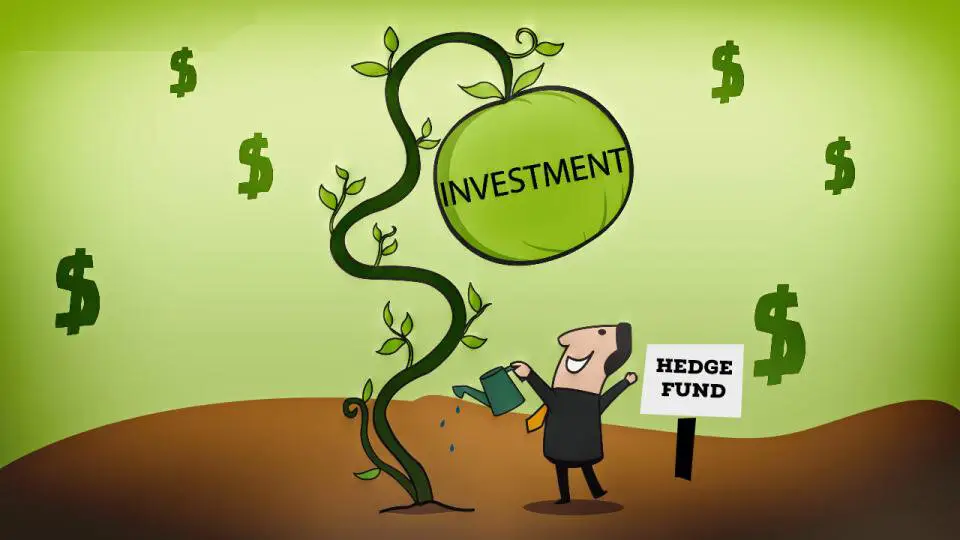Stock trading has long gone beyond exchange terminals and become part of modern financial culture. It is similar to a chess game, where each move is based on calculation rather than intuition. To understand how the market works and where profit comes from, it is necessary to understand all the essentials of trading for beginners from scratch.
What is trading in simple terms
Trading on financial markets is the process of buying and selling assets with the aim of making a profit from price differences. Assets include currency, commodities, cryptocurrencies, and securities. Market participants make transactions with precise calculations based on changes in quotes. It is in these movements that profits and losses are hidden.

Within the system, there is a strict logic: each asset is subject to external influences — from Federal Reserve reports to increased demand for aluminum in Southeast Asia. To start successfully, it is important to master all the essentials of trading from scratch for beginners, including fundamental principles of analysis and risk management.
Types of trading
Each trader’s strategy is based on their style. The market offers several approaches, each requiring its own preparation.
Main types:
- Scalping — ultra-short-term trades (from seconds to minutes), requiring instant reaction and excellent execution speed.
- Day trading — trading within a day, without carrying positions overnight. Focus is on clear signals and volatility control.
- Swing trading — holding a position from several days to weeks, focusing on technical analysis.
- Position trading — a long-term approach based on fundamental changes in the economy.
The choice depends on time resources, starting capital, and tolerance for the risks of stock trading.
How to start trading from scratch
Getting started requires not so much money as discipline and systematic approach. Basic preparation includes the following steps:
- Studying terms: position, indicators, charts, market, exchange, broker.
- Choosing a direction: currencies, cryptocurrencies, commodities, or securities.
- Opening an account with a licensed broker.
- Installing a trading platform (e.g., MetaTrader, TradingView).
- Practicing on a demo account.
Mastering these steps allows you to quickly grasp all the essentials of trading and move on to testing strategies.
All about trading strategies from scratch for beginners
Developing a strategy is the core of profitable trading. A mechanical approach protects against emotional decisions and chaotic trades.
For example, the “breakout level” strategy involves entering the market when an important level is breached. With clear conditions and confirming indicators, this model allows you to lock in profits up to 5% per trade with a risk not exceeding 1%.
Another option is to use moving averages. When MA(50) crosses MA(200) on the asset chart, the trader opens a position in the direction of the impulse. Efficiency analysis shows that this strategy yields positive results in trending markets.
Understanding all the basics of strategy is crucial for those learning trading from scratch.
Market: ecosystem of emotions, facts, and algorithms
Trading on financial markets takes place on platforms — exchanges. Here, the interests of buyers and sellers meet. Major exchanges include NASDAQ, NYSE, Binance, CME.
The market operates in cycles. Bulls become active during an uptrend — participants buying in anticipation of growth. Bears become active during a downtrend — sellers playing for a decline. Changes in directions are often accompanied by increased trading volume, sharp price jumps, and heightened volatility.
Anyone who wants to grasp all the essentials of trading from scratch must learn to read market phases and not confuse correction with trend reversal for beginners.
Path to financial independence
A professional approach requires working not only with a single position but with a portfolio. Asset management includes:
- Diversification by types of instruments — cryptocurrencies, currencies, stocks, commodities.
- Risk control — limiting losses to 1–2% of capital.
- Balancing — redistributing shares depending on the market situation.
Competent capital management protects against losses and opens the way to financial independence. This level of professionalism distinguishes those who have mastered all the essentials of trading from scratch for beginners from players losing money due to chaotic decisions.
Beginner Mistakes Leading to Losses
Every beginner faces pitfalls. Ignoring them results in losses:
- Lack of a plan — trading on emotions leads to capital loss.
- Ignoring analysis — opening a position without signal confirmation reduces the likelihood of success.
- Neglecting risk management — exceeding the permissible lot leads to rapid drawdown.
- Overestimating own knowledge — lack of feedback hinders growth.
- Desire for quick profit — trading requires patience, not gambling.
Each of these mistakes is not a coincidence but a consequence of the lack of a systematic approach. To avoid draining the deposit in the first weeks, it is important to build trading on knowledge rather than guesswork.
All about analysis, charts, and indicators in trading from scratch for beginners
Analytics is the foundation of any trade. A successful trader uses a combination of methods: technical, fundamental, and behavioral analysis. Each of them helps make decisions based on data, not guesses.
Technical analysis focuses on charts. Candlestick patterns, support and resistance levels, trend lines — tools that show market sentiment. Indicators like RSI, MACD, Bollinger Bands enhance signals and help filter out noise.
For example, overbought conditions above 70 on RSI combined with divergence on MACD signal a likely reversal. Similarly, a breakout of a resistance level amid increasing volume confirms the strength of the impulse.
A deep understanding of analysis allows you to perceive all the essentials of trading from scratch for beginners not as theory but as a set of specific tools for decision-making.
Economy and Market Behavior
Changes in the economy directly impact the market. A rate hike by the Central Bank strengthens the currency, slows down stock growth, and reduces the attractiveness of commodities. Inflation acceleration signals future interest rate hikes, which also affect asset dynamics.
News, reports, and macro data are not just background but triggers for market movements. For example, quarterly company reports on the US stock exchange set the tone for the coming weeks. Publication of labor market or inflation data can cause price swings of tens of points in minutes.
Understanding economic interconnections is another element that encompasses all the essentials of trading from scratch for beginners.
Broker and Infrastructure
Choosing a broker determines execution speed, transaction reliability, and access to instruments. Major players like Interactive Brokers, Tinkoff Invest, Just2Trade, Exante offer broad functionality, asset protection, and access to global markets.
When choosing a broker, it is important to consider:

- Regulation — presence of a license, investor protection;
- Commissions — trading fees, spreads, hidden charges;
- Platforms — technical capabilities, execution speed;
- Support — access to analytics, educational materials, technical support.
A correctly chosen broker helps avoid technical losses and focus on trading. This step is an essential part of understanding the basics of trading for beginners.
Conclusion
Successful stock trading is built on strategy, not luck. All about trading from scratch for beginners is a path to informed decisions, where profit is the result of skills, not chance.
 en
en  ru
ru  de
de  ar
ar  es
es  hi
hi  fr
fr  nl
nl  it
it  pt
pt  el
el 










